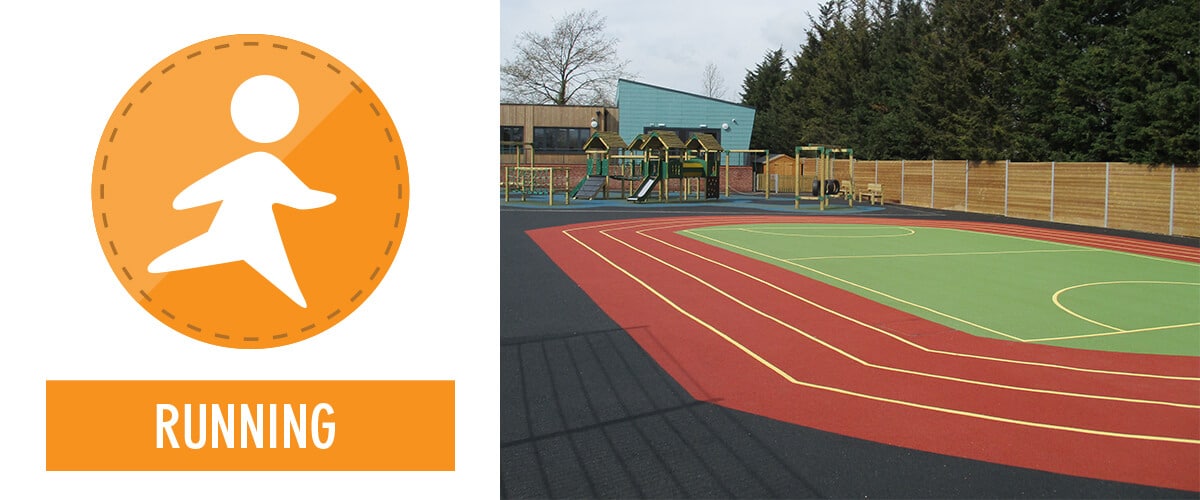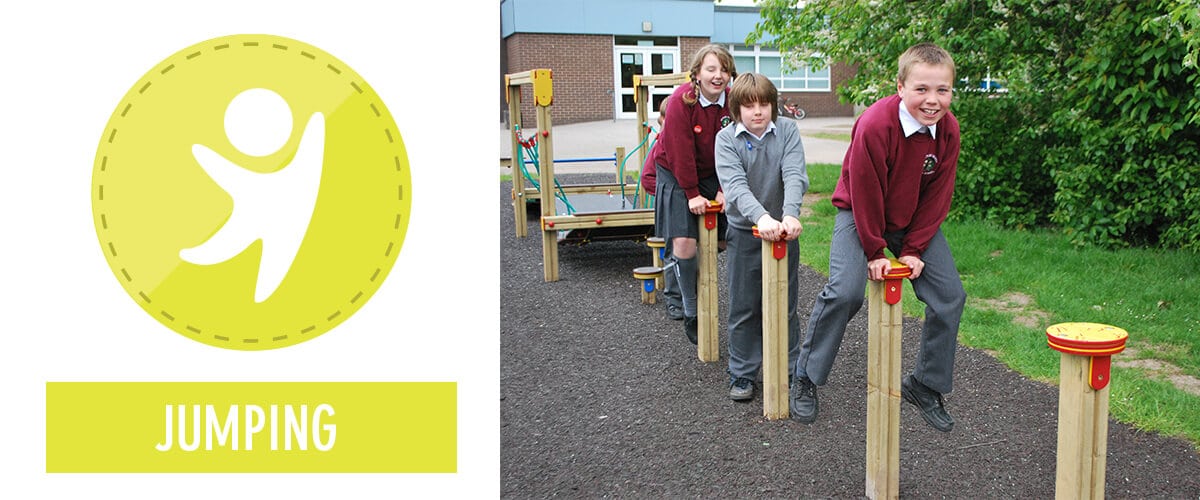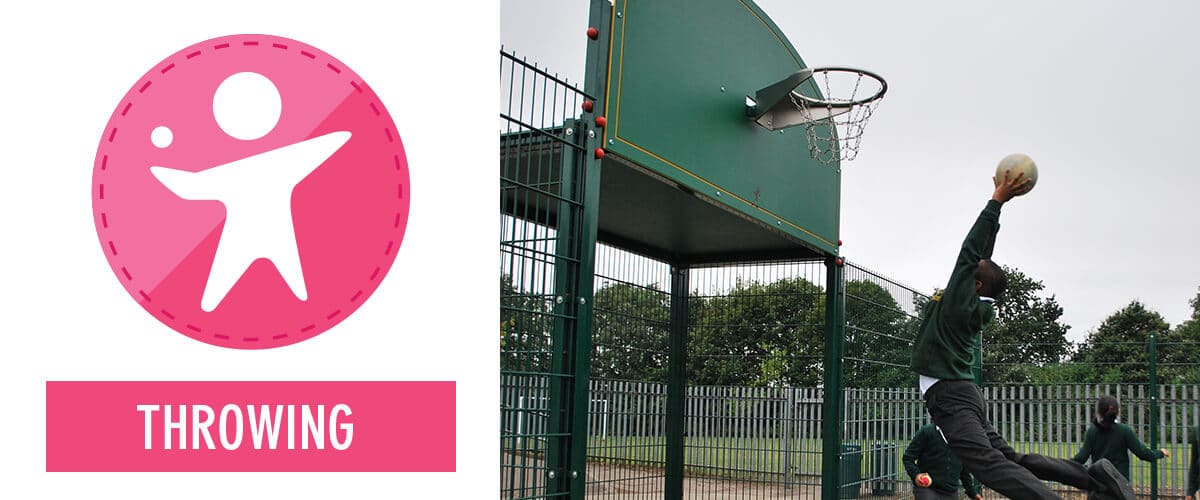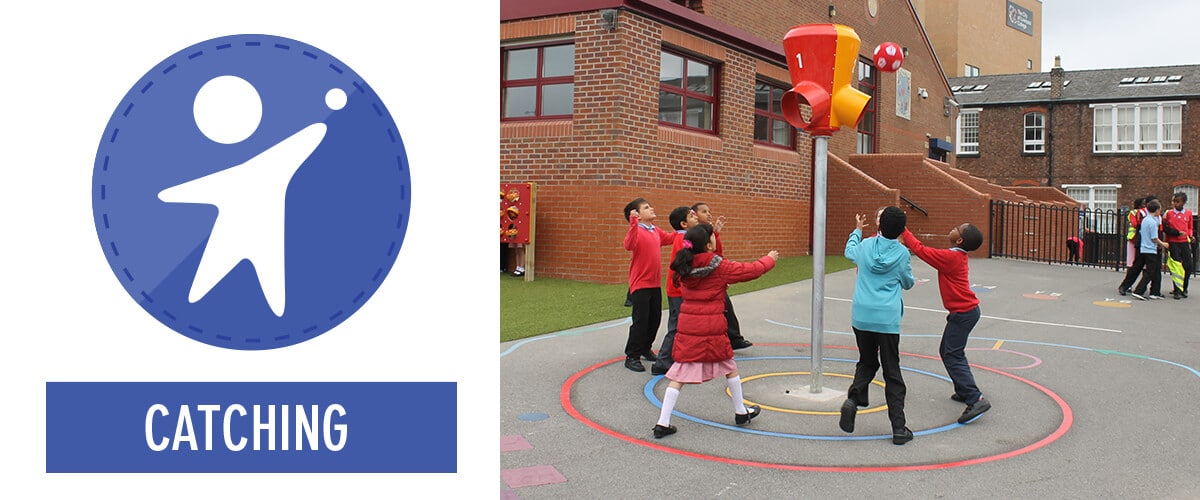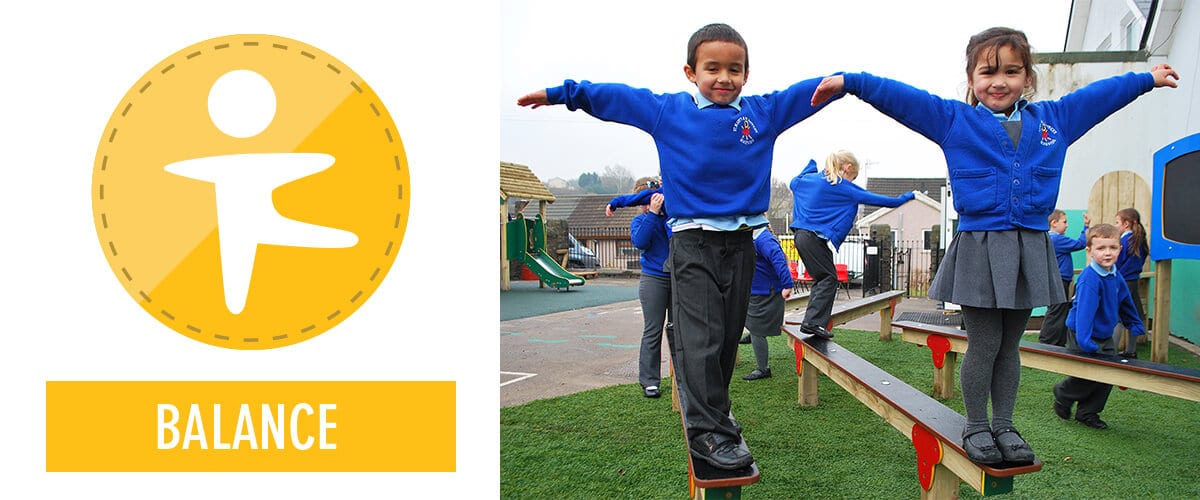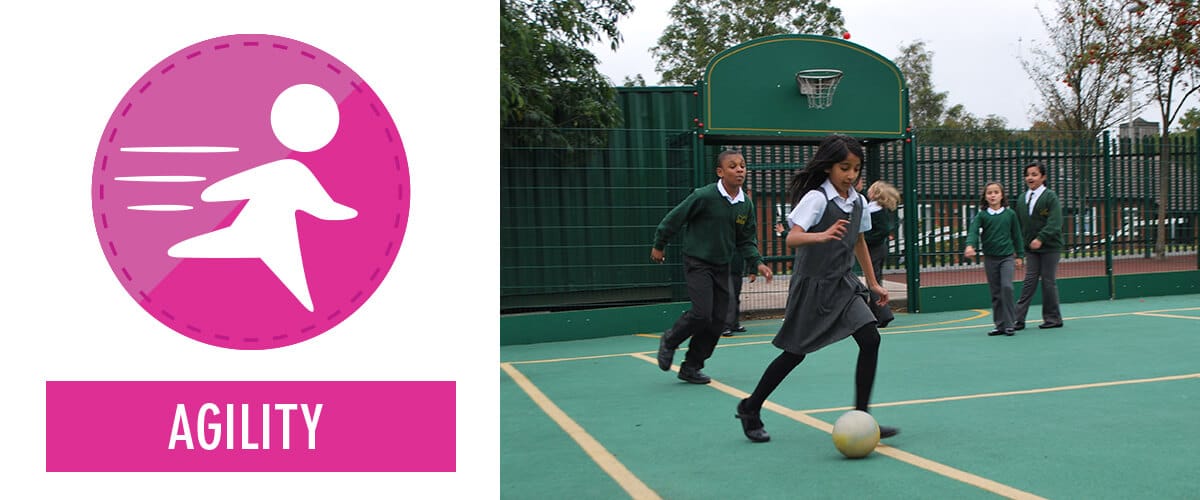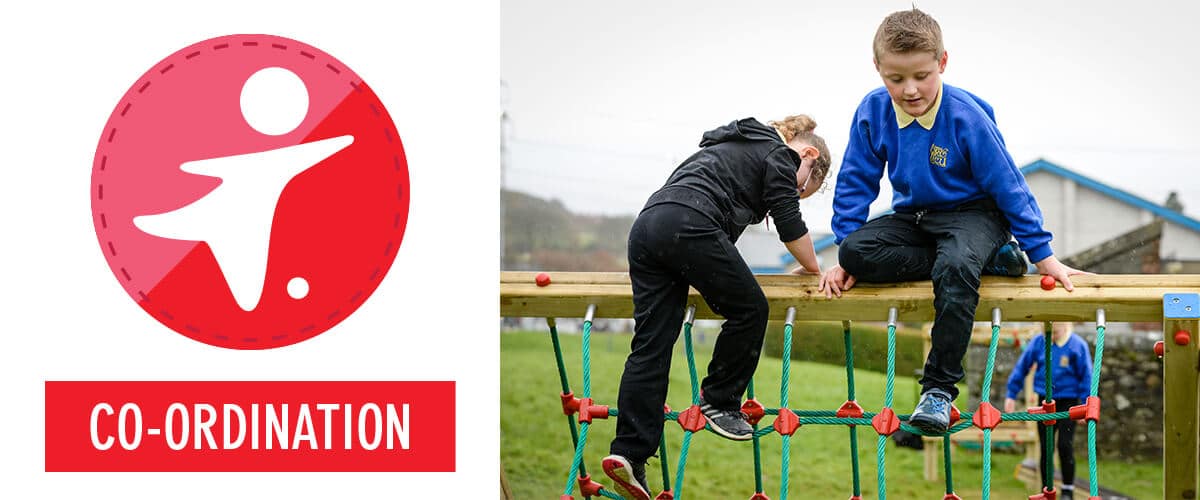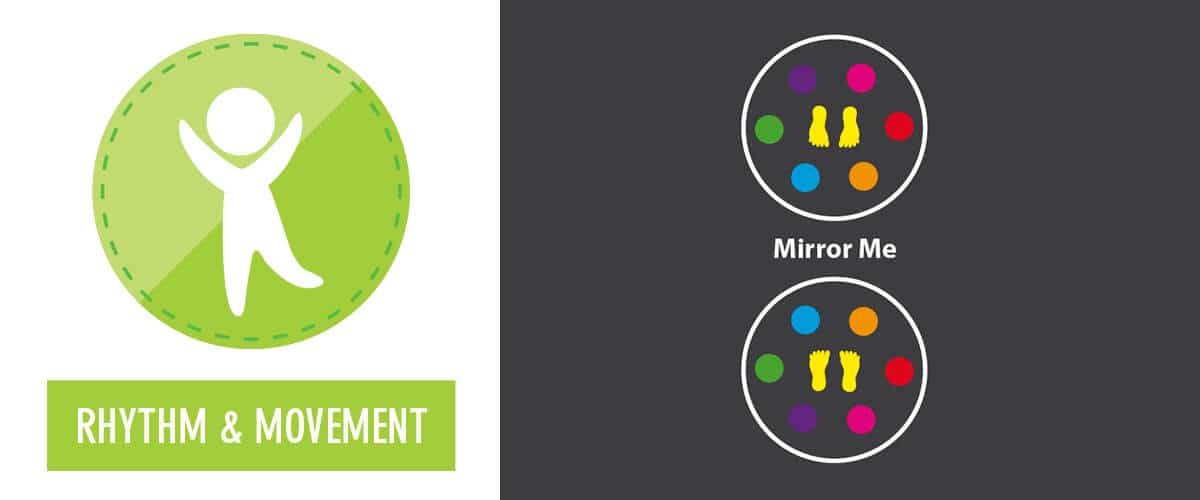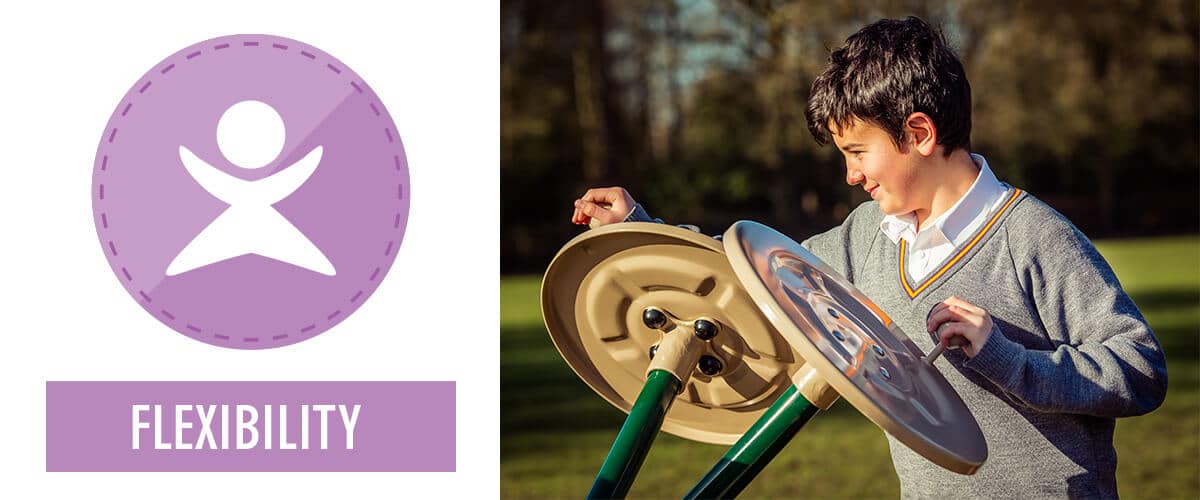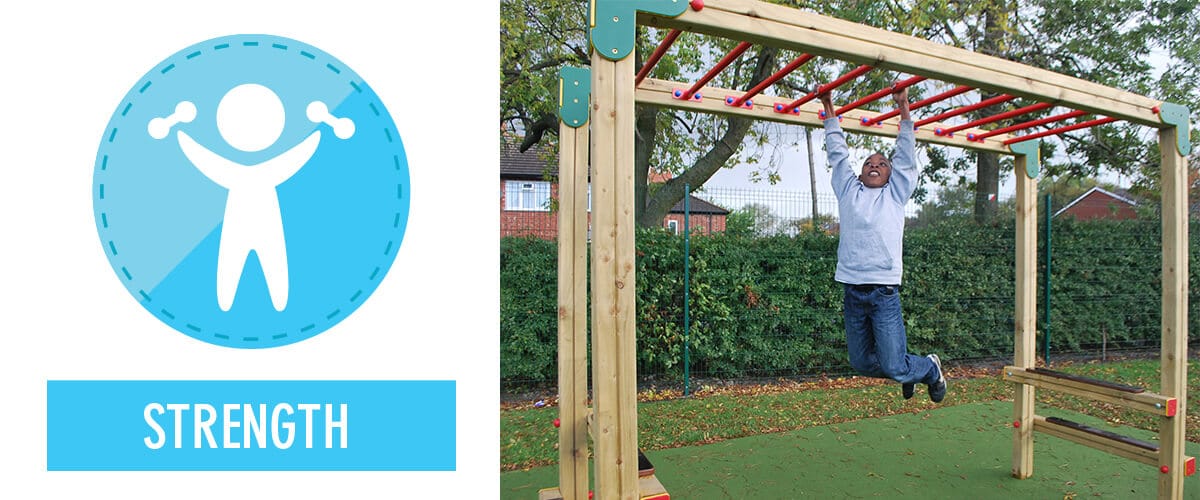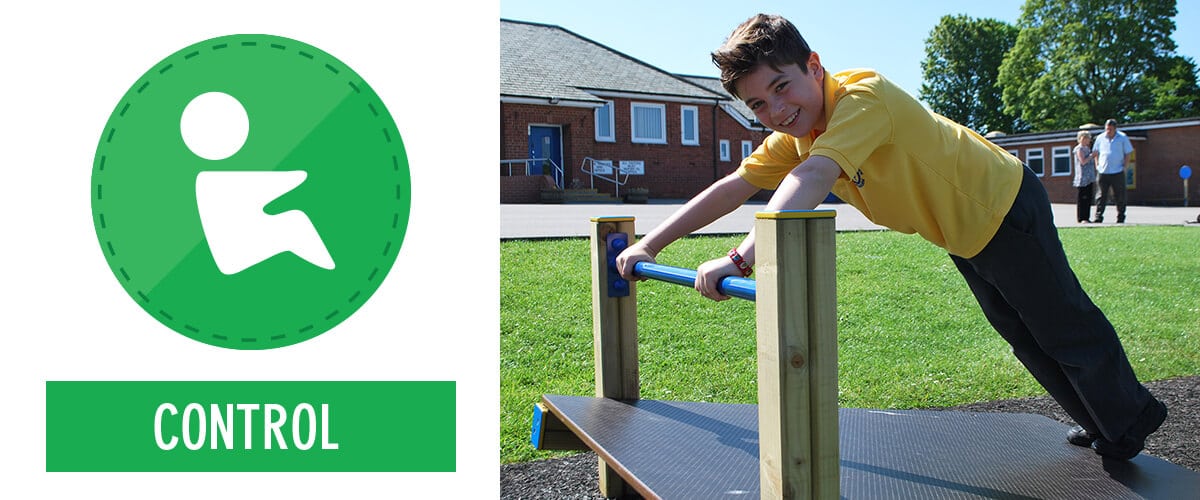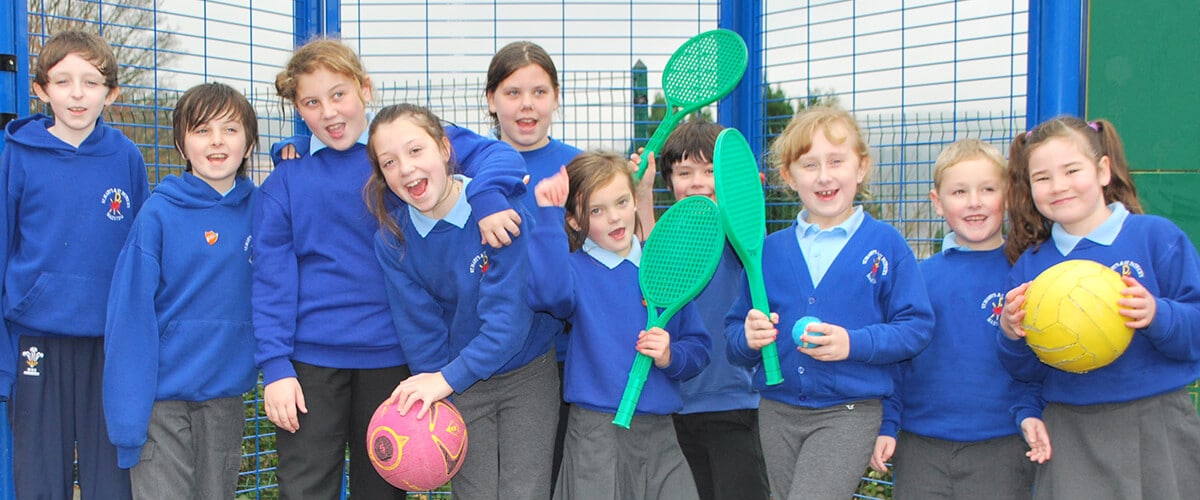
What Is Required By The National Curriculum For Physical Education?
The National Curriculum for Physical Education in England aims to inspire all pupils to succeed and excel in competitive sport and physically demanding activities. PE lessons should support children’s health, fitness, and confidence, while also promoting values like fairness and respect through sport.
The Curriculum Aims to Ensure All Pupils:
- Develop competence across a broad range of physical activities
- Are physically active for sustained periods
- Engage in competitive sports and activities
- Lead healthy, active lives
By the end of each key stage, pupils should be able to apply and understand the skills and processes outlined in the programme of study.
Key Stage 1 – PE in the Early Years
At Key Stage 1, the focus is on developing fundamental movement skills and growing confidence through a variety of physical activities. Pupils should be introduced to simple competitive and co-operative games.
Children should learn to:
- Master basic movements such as running, jumping, throwing, and catching
- Develop balance, agility, and coordination, applying these in a range of activities
- Participate in team games, including basic tactics for attacking and defending
- Perform simple dance routines
Key Stage 2 – Building Skills and Understanding
In Key Stage 2, children continue to develop and apply a broader set of skills, learning how to improve, adapt, and evaluate their performance. There’s an emphasis on communication, collaboration, and competition.
Children should learn to:
- Use a range of techniques in running, jumping, throwing, and catching
- Play competitive games and apply tactical principles
- Improve flexibility, strength, technique, control, and balance
- Perform dances with more complex movement patterns
- Take part in outdoor and adventurous challenges, both individually and in teams
- Compare past performances and work towards personal bests
SOURCE: National Curriculum In England: Physical Education Programmes Of Study
Supporting Schools with Active Play
At Creative Play, we design and install equipment that supports schools in meeting National Curriculum goals. From climbing frames that build agility and balance, to Multi-Use Games Areas (MUGAs) that encourage competitive team play, our range supports:
- 12 key physical activities outlined in the curriculum
- Skill-building through fun, active play
- Lasting confidence, teamwork, and engagement
Explore our Sports & Fitness Range to see how you can transform your school playground into an active learning environment.
Running
“Move at a speed faster than a walk, never having both feet on the ground at the same time.”
RUNNING: Our running tracks are consistently popular, offering a versatile space for PE lessons, break times, and even after-school clubs. Whether incorporated into inlaid wetpour surfacing or added as thermoplastic markings, they encourage regular cardiovascular activity and help children build stamina, endurance, and overall fitness.
These tracks support both structured lessons and free play – making them a practical addition to any playground.
Jumping
“Push oneself off a surface, into the air, by using the muscles in one’s legs and feet.”
JUMPING: This is a key movement skill outlined in the National Curriculum, helping children develop strength, coordination, and aerobic fitness. It also plays a role in improving bone density and muscular endurance. Activities that involve leaping from one point to another, or jumping with control and accuracy, are ideal for building confidence in physical movement. Equipment such as Leapfrog Posts can support this by offering a structured way to practise controlled take-offs and landings in a safe, engaging format.
Throwing
“Propel something with force through the air by a movement of the arm and hand.”
THROWING: This activity play a vital role in developing hand-eye coordination, bilateral movement, and spatial awareness – all key components of physical literacy. As children learn to control force, direction, and timing, they also engage major muscle groups in the arms, shoulders, core, and hips. Equipment like our Green Mesh Steel Goal with integrated basketball net provides a focused way to practise these skills, encouraging repeated, purposeful movement as part of structured PE sessions or informal play.
Catching
“Intercept and hold something which has been thrown, propelled or dropped.”
CATCHING: A key part of developing hand-eye coordination, reaction time, and anticipatory skills – all essential for engaging in team games and physical activity. It also promotes focus, timing, and body positioning. Activities that involve catching on the move or from unpredictable rebounds challenge children to think ahead and react quickly. The Ball Catcher supports this learning by creating opportunities for solo or group play, encouraging repeated practice in a fun and engaging way.
Balance
“An even distribution of weight enabling someone to remain upright and steady.”
BALANCE: A fundamental movement skill that supports body control, coordination, and postural strength. It plays a crucial role in helping children move confidently and safely across different surfaces and situations—whether in sport, active play, or everyday life. Balance-focused activities also challenge the core and stabilising muscles, promoting strength and alignment throughout the body. Structures like the Zigzag Beam, Balance Beam, Log Walk, and Jelly Board can be used to add variety and progression, encouraging children to test and refine their balance in creative and engaging ways.
Agility
“The ability to move quickly and easily.”
AGILITY: Being able to change direction quickly and effectively is essential for many sports and physical activities. It supports coordination, speed, and reaction time, while also encouraging spatial awareness and fast decision-making. Activities that develop agility often involve quick footwork, sharp turns, and bursts of movement – skills that are easily built into team games and PE lessons. Multi-Use Games Areas (MUGAs) provide a flexible space where children can develop these abilities through football, basketball, netball, and other sports, all within a safe, clearly marked environment tailored to each school’s needs.
Coordination
“The ability to use different parts of the body together smoothly and efficiently.”
COORDINATION: The ability to control and synchronise movements, which is crucial even after children have mastered basic physical skills. It involves the integration of fine motor skills, muscle control, and movement timing. As children engage in activities that challenge their coordination, they learn to link actions between their upper and lower body, improving balance, precision, and overall motor control. Structures like the A-Frame Double Net provide an exciting way to practice coordination, helping children focus on both leg and arm movements as they climb and navigate safely through the course.
Teamwork
“The combined action of a group working towards the same end goal.”
TEAMWORK: Essential for developing collaboration, communication, and problem-solving skills. Working together in physical activities encourages children to listen, support one another, and adapt to team dynamics – skills that are valuable both in and out of sport. Whether collaborating on tactics or competing to achieve a common goal, teamwork encourages a sense of shared achievement. Equipment like the Target One – featuring both Football and Basketball targets – allows children to work together, developing teamwork through a variety of sports in a fun, interactive setting.
Rhythm & Movement
“A variety of fundamental movements usually undergone in a regular repeated pattern.”
RHYTHM & MOVEMENT: These activities help children develop creativity, body awareness, and hand-eye coordination. These skills are essential for both structured physical activities like dance and unstructured play. Through rhythmic movement, children learn to express themselves, follow sequences, and improve their timing. Activities that encourage pair work or group coordination also encourage communication and collaboration. Tools like the Mirror Me Thermoplastic Playground Marking allow children to explore these concepts by observing and matching movements in pairs, improving both physical and cognitive skills in a fun, interactive environment.
Flexibility
“The quality of bending easily.”
FLEXIBILITY: Crucial for improving a child’s range of motion, muscle conditioning, and overall mobility. Regular flexibility exercises help enhance joint health, reduce injury risk, and support better posture and balance. As children engage in activities that promote flexibility, they also build aerobic capacity and strengthen their muscles. Items like the Tai Chi Spinners provide a fun and interactive way for children to work on flexibility by encouraging controlled movement and stretching, enhancing both physical and cardiovascular fitness.
Strength
“The quality or state of being physically strong.”
STRENGTH: Building strength is essential for increasing muscle mass, energy levels, and overall physical development. Strengthening activities also enhance bone density and joint stability, helping children improve their posture and stamina. For Key Stage 2 pupils, challenging exercises that target upper body and core strength are particularly beneficial. Items like the Overhead Ladder provide an engaging way to combine strength training with imaginative play, allowing children to build physical resilience while pretending to swing through the trees. These activities promote both physical fitness and creativity.
Control
“The ability to hold a set position.”
CONTROL: A key aspect of mastering fundamental movement skills. It involves intentional, deliberate actions that help children become more aware of their bodies, allowing them to restrict or adjust movements as needed. This awareness helps improve posture, balance, and overall body coordination. For Key Stage 2 pupils, activities that promote control, such as sit-ups, help children strengthen their core and gain a better understanding of muscle engagement and body alignment. Equipment like the Parallel Bars, Chin-Ups, and Jelly Board can further challenge children to refine their movement control while building strength and stability.
Need Help Navigating It All?
We understand that the range of physical activities and equipment can be overwhelming.
If you’re unsure where to start or need advice on the best options for your school, our Play Advisors are here to help.
Get in touch today for expert guidance tailored to your specific needs and goals by calling 01244 375 627 or via the Contact Form
Further Reading: Check out our guide on Choosing Outdoor Play Equipment For Skills Development
Explore More Using The Ultimate Playground Design Guide Menu

